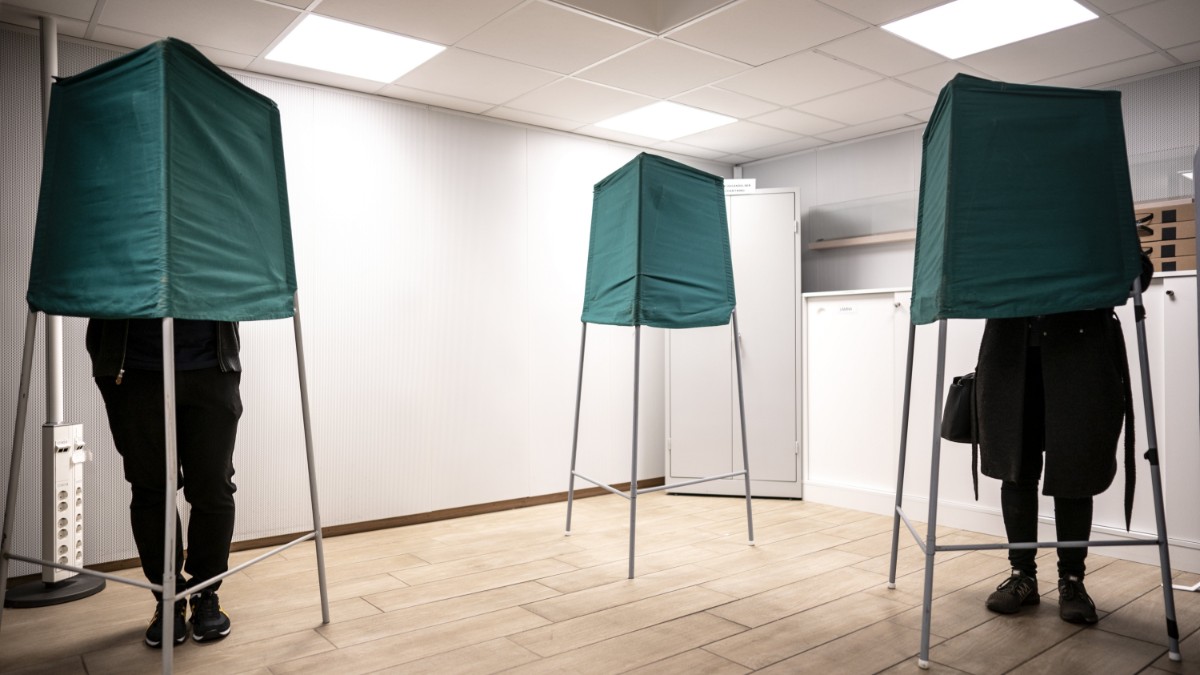Recently The Dutch government fell And long-serving Prime Minister Mark Rutte is stepping down from politics. The Will be up for re-election this fall. Then it usually takes a long time to form a new regime.
There is no formal minor party ban in the Netherlands, where 0.67 percent of the vote is enough to secure a mandate. As a result there are 16 (!) parties in Parliament. According to opinion polls, no party got more than 20 percent of the vote. It is not surprising that there is a problem with the formation of the regime.
Denmark has a lower barrier of 2 percent. In the last general election Twelve parties received mandates, and four received one mandate each from the Faroe Islands and Greenland. There, the three largest parties formed a broad central government, but needed the support of a Faroese mandate to ensure a majority.
In Sweden, the limit is four percent. The aim is to avoid major party splits. In most countries with proportional systems, parties receive mandates roughly according to their vote share, with thresholds of 3-5 percent. The Swedish ban was introduced with a conglomerate parliament. Then there were five parties in the Riksdag, now there are eight parties. This did not prevent the entry of new parties, but there would have been many more parliamentary parties with little or no restriction.
It’s all about smart trading. Prominent party divisions can paralyze action and increase mistrust of democracy. Electoral systems that favor major parties, such as those in the US and UK, can deliver governments that can deliver on their own electoral promises. But this means that in practice the electorate’s votes have different values, as larger parties easily gain mandates. Parties without a majority of voters can still get more than half of the mandates.
It can be dangerous if the winning party does not fully respect democracy and political opponents. Poland’s ruling Law and Justice party, which has been criticized for its authoritarian tendencies, won its own majority despite only 37.6 percent of the vote. Viktor Orbán changed the electoral system in Hungary so that half the vote mandated two-thirds in the next election.
In many countries with 3-5 percent thresholds, many voters, often more than ten percent, vote for parties that do not cross the threshold. Those votes are “wasted” and increase the risk that parties without a majority of voters will still receive majority mandates. That was the case in Poland.
The Swedish four percent threshold has led to more tactical voting to keep parties in the Riksdag than in other countries. Earlier, it was “Comrade Four Percent” for the then VPK, then “Pastor Four Percent” for KD(S). The Liberals and Greens could have been saved by a tactical vote in the last election.
The main reason for tactical voting is the difficult Swedish constituency politics, which presents a peculiar mix of two- and multi-party systems. Voters may vote for a party whose “home team” is threatened, even if they actually prefer another.
This led to the paradoxical effect of the blockade. Rather than narrowing the divide, constituency politics may have led to parties without primary support from the electorate overcoming the barrier and still achieving it. At the same time, there is a dilemma for other voters who do not dare to vote for the parties of their choice because they do not meet the four percent threshold.
It is best for voters to vote for the party of their choice and only for parties that have genuine support above the threshold for obtaining mandates. It can be resolved by giving the second-placed party the right to vote, if the electorate so chooses. If the first test is not passed, the vote will be transferred to the second test. Such priority systems have long existed in Australia and Ireland, and have been introduced in some states in the United States.
This reduces the risk of many votes being “wasted” and does not affect how mandates are distributed. It suggests raising the limit to five percent to prevent further party splits. Tactical voting should not be necessary, as voters who vote primarily for a party that fails to clear the threshold through preference votes can still support the “constituency team.” Anyone who prefers a minor party can vote for their favorite option without worrying about the vote being “thrown away”.
Secondary voting would be easier with a generic ballot instead of today’s ballots. This is a change after the chaos of the last election with long queues at some polling stations.

“Passionate beer ninja. Extreme problem solver. Thinker. Professional web fan. Avid communicator. Hardcore troublemaker.”







More Stories
Mockingly mocking in the UK is illegal
Harvesting early and small peas in Britain
Saab is supplying the British Army with a new generation of Arthur radar